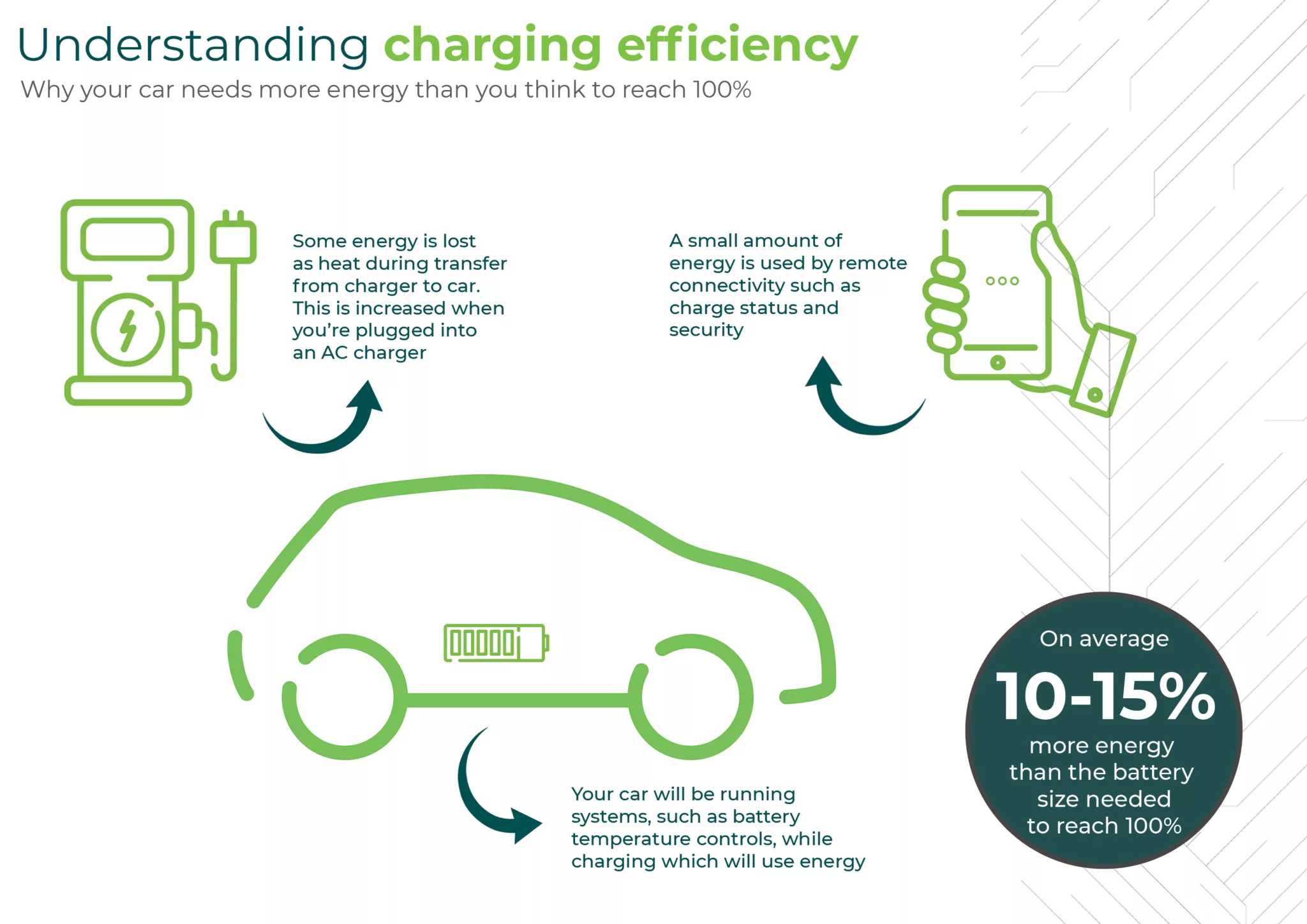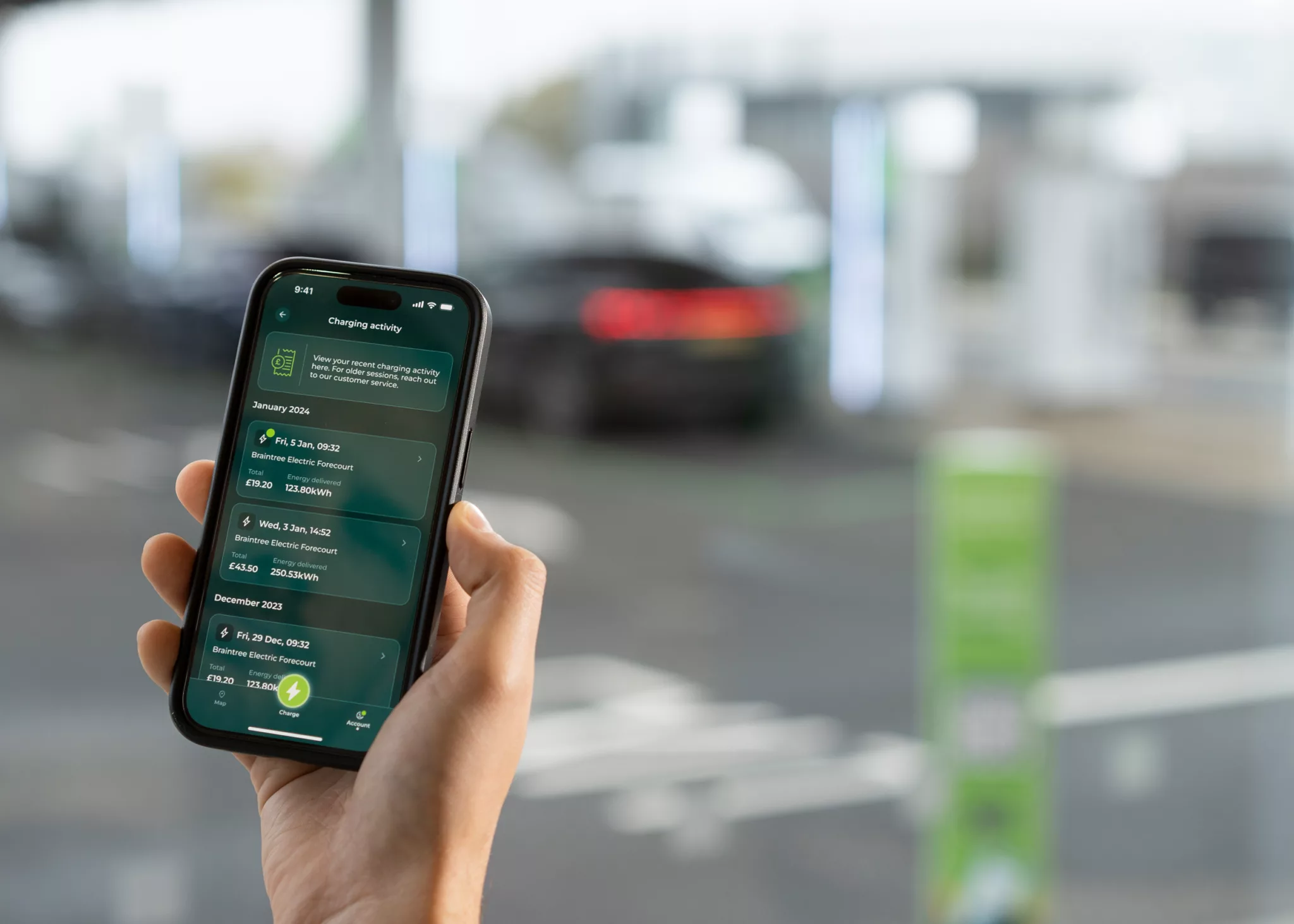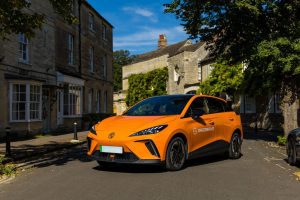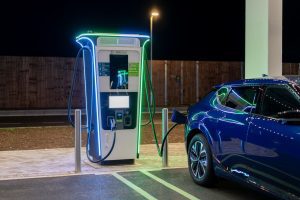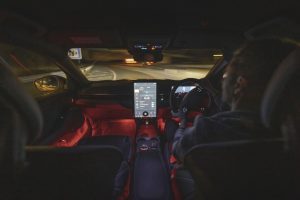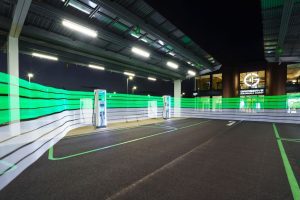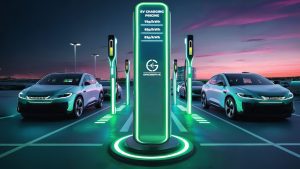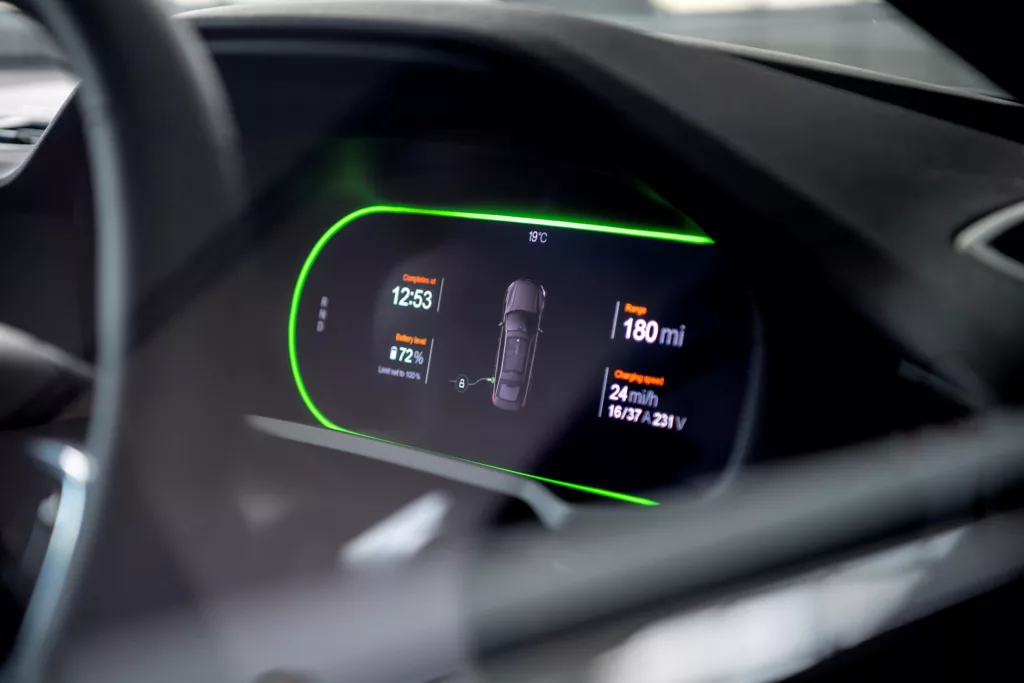

How much energy does an electric car need to fill up the battery? The obvious answer would be as many kilowatt-hours (kWh) as the battery can take, just like filling up a petrol or diesel car… but it’s not quite that straightforward.
The answer to ‘how many kWh to charge an electric car’ is a little more complex. The lithium-ion battery in your electric car is not an empty container like a fuel tank but rather an advanced piece of EV charging technology. That means while you electric vehicle’s battery capacity might be 100kWh, it doesn’t take 100kWh of energy in the same way a 50-litre tank takes that amount of fuel.
Instead, when you charge an electric car, it will require around 10 to 15% more energy than the size of the battery. For example, to reach 100% on a 100kWh battery you’ll actually need to draw about 115kWh.
Confusing, right? Let’s clear it up.
Electric vehicle charging efficiency explained
The biggest reason requires a quick refresh of your basic GCSE science: whenever energy is transferred, some is lost as heat.
This is known in the energy industry as transmission loss and occurs across the National Grid through any cable or electric appliance in your home. Estimates put total transmission loss in the UK at about 9% of all electricity supplied.
The same applies to your electric car and EV charging.
The heat loss is greater if you’re plugged into an AC charger (that’s what your home charger uses) rather than a DC one (such as a rapid charger you might find at a motorway service station).
That’s because the energy needs to be converted from AC to DC by your electric car – and yep, you guessed it, some energy is lost during this conversion.
The cable length and thickness can also play a part in EV charging efficiency. The longer the cable the more heat is lost along the way as the energy has further to travel, while a thicker cable is required for higher powered units.
That’s why you’ll see big, chunky tethered cables on electric car chargers across the GRIDSERVE Electric Highway – they’re capable of taking the highest power while minimising losses. They’re liquid-cooled, too, which further helps maximise energy efficiency.
How many kWh to charge an electric car?
That’s the science lesson over, but not quite the end of why you need a bit more juice than you might think to charge an electric car.
While you’re plugged in at a charging station, your electric car is still drawing power from the car’s battery. It’s a bit like scrolling on social media while charging your phone – it’ll take longer as you’re still consuming battery power.
The same is true of an electric car, whether that’s to power thermal management systems to keep the battery at optimum charging temperature or to run other background tech that lets you can stay in touch with your car remotely to check on the charging status or schedule pre-conditioning (a bit like leaving a games console on standby).
The cost of charging on the GRIDSERVE Electric Highway
No matter the type of EV charger you’re plugged into, and regardless of the charging power your car is able to draw, you’ll only ever pay for the energy you use.
Whatever the total kWh supplied to your EV by the end of the charge, that’s the amount you’ll see on your receipt.
But as described above, this won’t necessarily translate directly into the amount added to your car’s battery percentage, there will be about 15% difference which is accounted for in charging efficiency of your vehicle.
Clearly, the bigger the battery size, the higher your charging costs will be to get to 100% – and that’s true whether you’re home charging or public charging.
